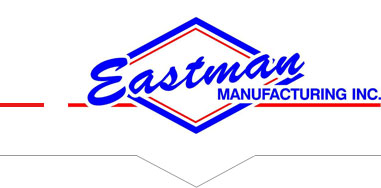Tel: 1-877-860-9294
Blog
The Buyers Guide to Conveyor Ovens
January 08, 2020
For all things heating and curing related, conveyor ovens remain undisputed in terms of deliverance. How do they make it all so effortless? The magic lies in the presence of the adjustment belt, where the wild nature of heat dissipation and distribution is tamed to consistency.
Just take food preparation as an example, a conveyor oven effortlessly imparts the required temperature and distribution of said temperature upon the food.
So you’ve decided that such an oven is just what you’re looking for, especially having read how a specialized conveyor oven provides substantial advantages to your production pipeline. Before delving into the specifics, a good buyer means being an educated buyer; let’s kick things off by brushing up on your conveyor oven terminology:
The Three Main Types of Conveyor Ovens
1. Radiant Ovens
Distinguished by the characteristic heating elements that are housed both above and below the conveyor belts, these heating elements go on to raise the temperature inside the oven – all amalgamating to cure any products that are placed inside the chamber.
2. Impingement Ovens
Heated air, via gas or electric energy, is blown through the products by way of fans inside the chamber. Heat transmission is expedited due to the use of such conventional currents along the belt, allowing for excellent heating tendencies even at considerably high temperatures.
3. Infrared Ovens
Infrared elements are fitted beneath and atop the conveyor belts for this type of oven. Much of the custom work we conduct at Eastman Manufacturing involves designing and constructing multi-zoned heating so that clients may tailor the drying of their coatings for any metal workpiece.
Features to Keep an Eye on Before Purchasing Conveyor Ovens
How Many Belts
The suitability of a heating area in a conveyor oven ultimately comes down to the number of belts it comes equipped with. In most cases, you’ll see ovens of this type implemented with a single or double belt.
Width of Belt
Heat dissipation throughout an oven is directly impacted by the size of the belt being used. A rule of thumb to follow is that larger conveyor belts are more practical than their narrow counterparts when having to reach remarkably high temperatures.
Method of Control
You’d be hard pressed to find an industrial conveyor oven that isn’t managed through the use of electronic components – an intuitive feature so that operators can attune temperatures within the oven with ease and precision. Ovens on the advanced end of the spectrum are managed through sensor-based software and hardware functionality, while those more basic in nature are operated manually.






